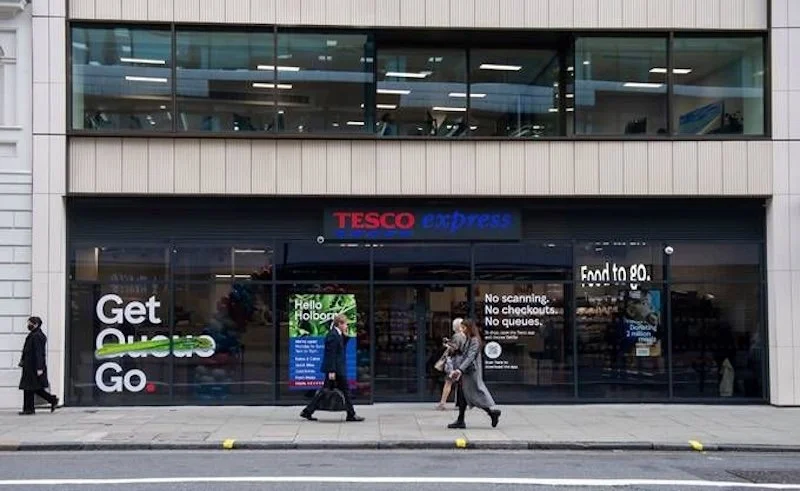How device lifecycle management can reduce IT costs
In today's fast-paced technological landscape, managing devices efficiently is crucial for any business.
As you navigate the challenges of maintaining and upgrading your company's technology, device lifecycle management can be your secret weapon in reducing IT costs.
Let's explore what device lifecycle management is and how it can save your company money while keeping your tech in top shape.
Understanding Device Lifecycle Management
Device lifecycle management (DLM) is the process of overseeing a device from its acquisition to its retirement. This includes procurement, deployment, maintenance, and eventual disposal or recycling.
By having a structured approach to managing devices, you can optimize their use and ensure they remain functional and secure throughout their lifespan.
Acquisition: Making Smart Purchases
The first step in DLM is acquiring the right devices. By carefully selecting the devices that best meet your business needs, you can avoid overspending on unnecessary features.
Look for devices that offer a good balance between cost, performance, and durability. Bulk purchasing and negotiating with suppliers can also help lower costs. Additionally, leasing devices instead of buying them outright can reduce upfront expenses and provide more flexibility.
Deployment: Efficient and Effective Setup
Once you've acquired the devices, the next step is deployment. An efficient deployment process ensures that devices are set up quickly and correctly, minimising downtime and maximising productivity.
Standardising configurations and using automated tools can speed up the deployment process and reduce the likelihood of errors. Proper training for your IT staff and end-users is also crucial to ensure that everyone knows how to use the new devices effectively.
Maintenance: Keeping Devices in Top Shape
Regular maintenance is key to extending the lifespan of your devices and avoiding costly repairs or replacements. Implementing a proactive maintenance schedule can help you identify and address potential issues before they become major problems.
This includes regular software updates, hardware inspections, and performance monitoring. By keeping your devices in good condition, you can reduce the frequency of breakdowns and improve overall productivity.
Upgrades: Balancing Cost and Performance
As technology evolves, it's important to keep your devices up-to-date. However, upgrading too frequently can be expensive. Device lifecycle management helps you strike a balance between cost and performance by identifying the optimal time for upgrades.
This ensures that you're not wasting money on unnecessary upgrades, but also not falling behind with outdated technology. Planning and budgeting for upgrades in advance can help you manage costs more effectively.
Disposal: Responsible and Cost-Effective
Eventually, all devices reach the end of their useful life. Proper disposal is an important aspect of device lifecycle management. Recycling or repurposing old devices can reduce waste and even generate some revenue.
Many manufacturers offer take-back programmes, and there are specialised companies that can handle the recycling process for you. By disposing of devices responsibly, you can minimise environmental impact and comply with legal regulations.
Benefits of Device Lifecycle Management
1. Cost Savings: By managing devices effectively, you can reduce the total cost of ownership. This includes lower acquisition costs, reduced maintenance expenses, and optimised upgrade cycles.
2. Increased Productivity: Efficient deployment and regular maintenance ensure that your devices are always in good working condition, minimising downtime and maximising productivity.
3. Enhanced Security: Regular updates and proactive maintenance help protect your devices from security threats, reducing the risk of data breaches and other cyber incidents.
4. Better Resource Allocation: A structured approach to managing devices can help you allocate your IT resources more effectively, focusing on strategic initiatives rather than reactive troubleshooting.
5. Sustainability: Proper disposal and recycling of devices contribute to environmental sustainability, helping your company reduce its carbon footprint.
Implementing Device Lifecycle Management
To implement device lifecycle management in your organisation, start by assessing your current practices and identifying areas for improvement. Develop a clear plan that outlines each stage of the device lifecycle, from acquisition to disposal.
Invest in the right tools and technologies to support your DLM efforts, such as asset management software and automated deployment tools. Finally, train your IT staff and end-users on the importance of device lifecycle management and their roles in the process.
In conclusion, device lifecycle management is a powerful strategy for any business looking to cut IT costs and improve overall efficiency. By carefully managing your devices from acquisition to disposal, you can optimise their use, extend their lifespan, and reduce the total cost of ownership.
Embrace DLM and enjoy the savings and benefits it brings to your organisation.































Continue reading…